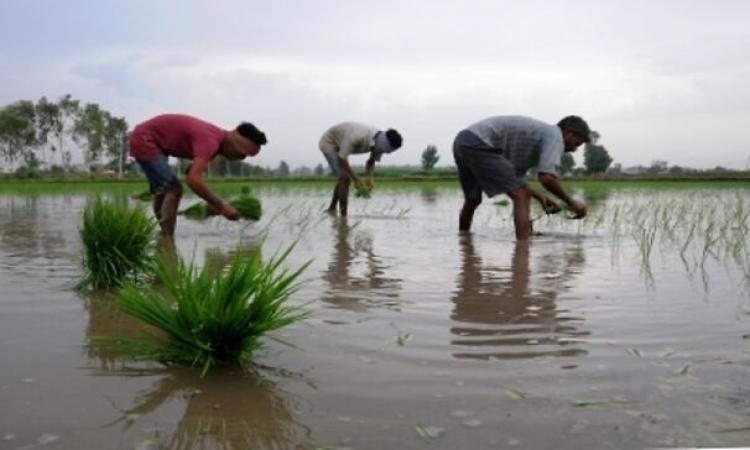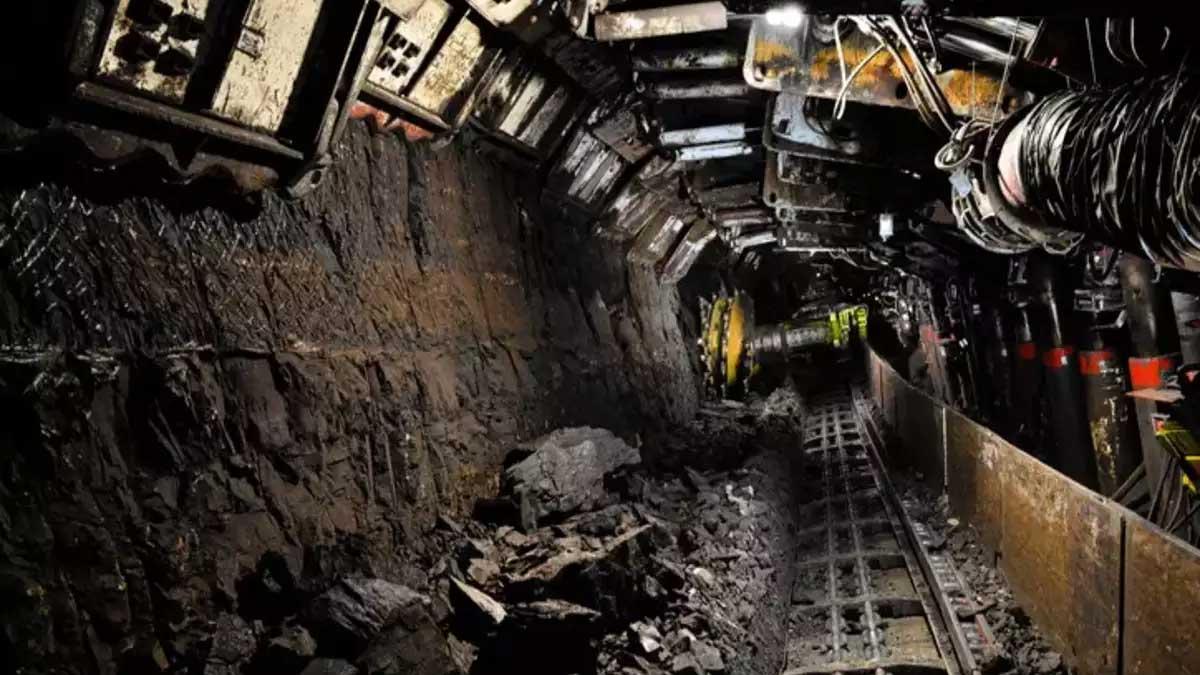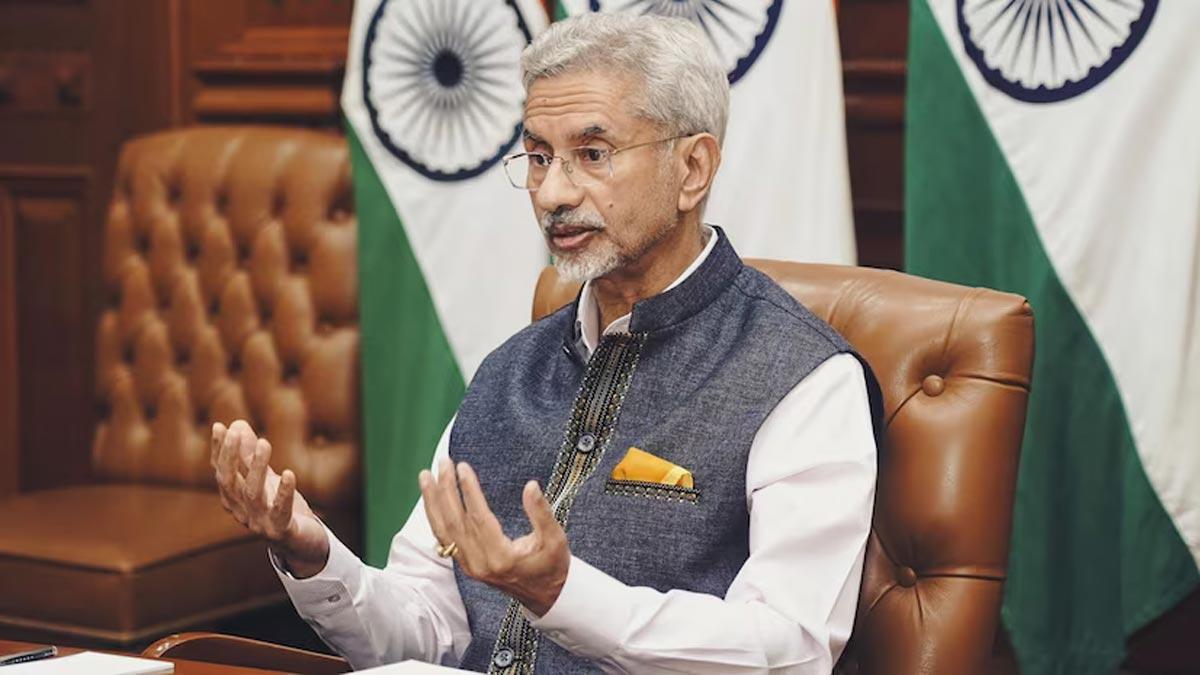As large parts of India remained monsoon deficit, Kharif 2022 witnessed lesser area under rice, pulses, and oilseeds while only sugarcane area is up compared to 2021 with a decline of 8.66 lakh Hectare in total area sown, government data said on Saturday.
A total of 99.63 lakh Ha area has been sown during the Kharif 2022 season compared to 108.29 lakh Ha in 2021, i.e. minus 8 per cent as on Saturday, June 18.
Rice is sown over 8.73 lakh Ha, compared to 12.52 lakh Ha in 2021, which is 3.80 lakh Ha less (minus 30.32 per cent). Pulses have been sown over 4.39 lakh Ha, compared to 4.74 lakh Ha in 2021, which is 0.35 lakh Ha less (minus 7.43 per cent), among them, Urad has witnessed the least sowing with 0.53 lakh Ha this year compared to 0.73 lakh Ha last year (minus 27.95 per cent).
Total coarse cereals has also witnessed decline with 6.81 lakh Ha compared to 9.74 lakh Ha in 2021, a decline of 2.98 lakh Ha (minus 30.07 per cent). Of them, Bajra has seen the least sowing with 0.45 lakh Ha compared to 2.85 lakh Ha in 2021 (minus 84.10 per cent).
Also Read | From Saharanpur to South Africa: The rise and fall of Gupta brothers
Even the Oilseeds saw sowing over 4.75 lakh Ha compared to 5.79 lakh Ha (minus 17.86 per cent).
The government data showed only sugarcane has seen an increase with 6.51 lakh Ha compared to 6.76 lakh Ha last year, up by 1.86 per cent.
India Meteorological Department (IMD) data showed that as on June 16, the all India cumulative rainfall during this year's monsoon (between June 1-15) is minus 32 per cent, of which the largest gap was over northwest India, which was minus 77 per cent below the long period average for the region.
Meanwhile, major 143 reservoirs across the country have the Full Reservoir Level (FRL) capacity of 177.46 billion cubic metres (BCM), which is about 68.83 per cent of total reservoir capacity of 257.81 BCM in the country. Data as on June 10 showed that the live storage in these 143 major reservoirs had decreased to 52.82 BCM from the previous week's level of 54.51 BCM.
Also Read | Looking back to plan ahead: FIIs return to Indian markets within a year of heavy selling
"However, current year's storage position is higher than last year's storage position of 49.14 BCM and the average of last 10 year's storage position of 39.58 BCM," said an official, adding, "There were 112 reservoirs with more than 80 per cent of normal storage, 15 reservoirs with storage between 51 per cent to 80 per cent, 4 reservoirs with storage between 31 per cent to 50 per cent and 12 reservoirs with storage up to 30 per cent."
There are four reservoirs with no live storage, the official said, but that will not make much difference as the monsoon rains have started.


















